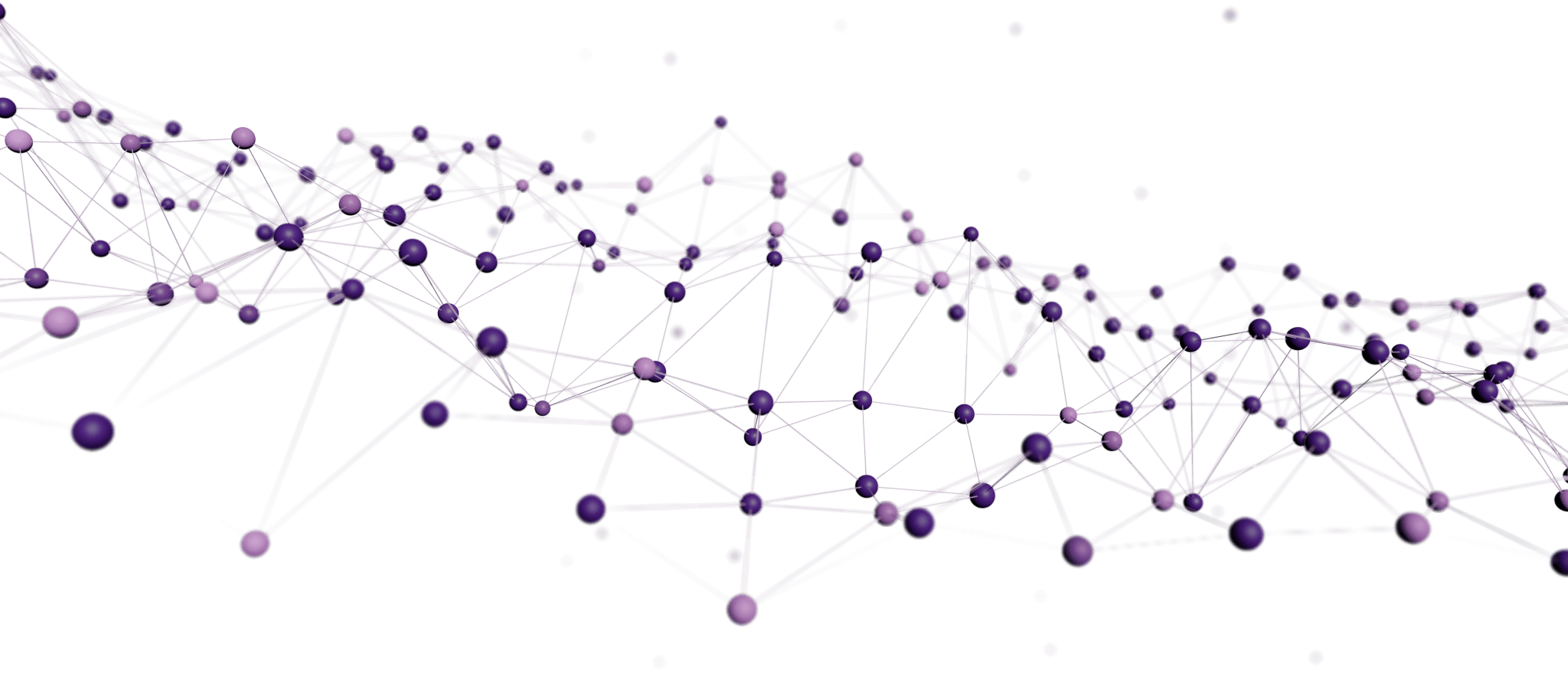ROBOTICS
Automated handling for consistent grossing.

At Tenomix, we're pioneering a new class of automated, ultrasound-guided robotic tissue analysis platform that unlocks the next frontier of precision diagnostics.
Lymph node identification in cancer tissues is a key challenge in cancer staging. Accurate lymph node detection is essential for effective staging and treatment planning.
We’ve built an automated platform that unites robotics, ultrasound imaging, and AI to support how excised tissues are examined. The system streamlines the manual lymph node search and automates key steps to help deliver a more standardized and efficient grossing workflow.
Automated handling for consistent grossing.
Enhanced visibility to support detection.
Intelligent assistance to streamline workflows.
spent per case on lymph node searches
can be missed during manual searches
annual loss from improper staging (from just 300 cases/year)
spent per case on lymph node searches
can be missed during manual searches
annual loss from improper staging (from just 300 cases/year)
Join leading healthcare organizations who are already exploring the future with Tenomix.
Get In TouchLearn about Tenomix's mission to advance healthcare through automation technology and collaborative partnerships.
Learn MoreHear from pathology professionals who deal with the problem of manual grossing day-in and day-out.
“The biggest challenge is the time that it takes to find all the lymph nodes because we do want to be doing our due diligence and trying to find every single lymph node.”
“I don't do more than 2 colons in a day because lymph node searches are so extensive.”
“We get more samples than we can process in a day, which leads to delays.”
“A lot of repetitive strain; neck cranked down and hunched over.”
“2-3 mm LNs are difficult to find in firm, fibrotic areas. We know that we are missing a lot of LNs, and a lot of metastases are found in smaller LNs (< 5mm).”
“The biggest challenge is the time that it takes to find all the lymph nodes because we do want to be doing our due diligence and trying to find every single lymph node.”
“I don't do more than 2 colons in a day because lymph node searches are so extensive.”
“We get more samples than we can process in a day, which leads to delays.”
“A lot of repetitive strain; neck cranked down and hunched over.”
“2-3 mm LNs are difficult to find in firm, fibrotic areas. We know that we are missing a lot of LNs, and a lot of metastases are found in smaller LNs (< 5mm).”
“The biggest challenge is the time that it takes to find all the lymph nodes because we do want to be doing our due diligence and trying to find every single lymph node.”
“I don't do more than 2 colons in a day because lymph node searches are so extensive.”
“We get more samples than we can process in a day, which leads to delays.”
“A lot of repetitive strain; neck cranked down and hunched over.”
“2-3 mm LNs are difficult to find in firm, fibrotic areas. We know that we are missing a lot of LNs, and a lot of metastases are found in smaller LNs (< 5mm).”
Swipe to see more testimonials
Each day, healthcare teams manually search for lymph nodes in surgically removed cancer tissues. This error-prone process can cause staging mistakes and delay treatment decisions. Yet, it remains a crucial step for cancer care.
Video will load when scrolled into view
This video contains graphic medical content showing actual human tissue grossing procedures.